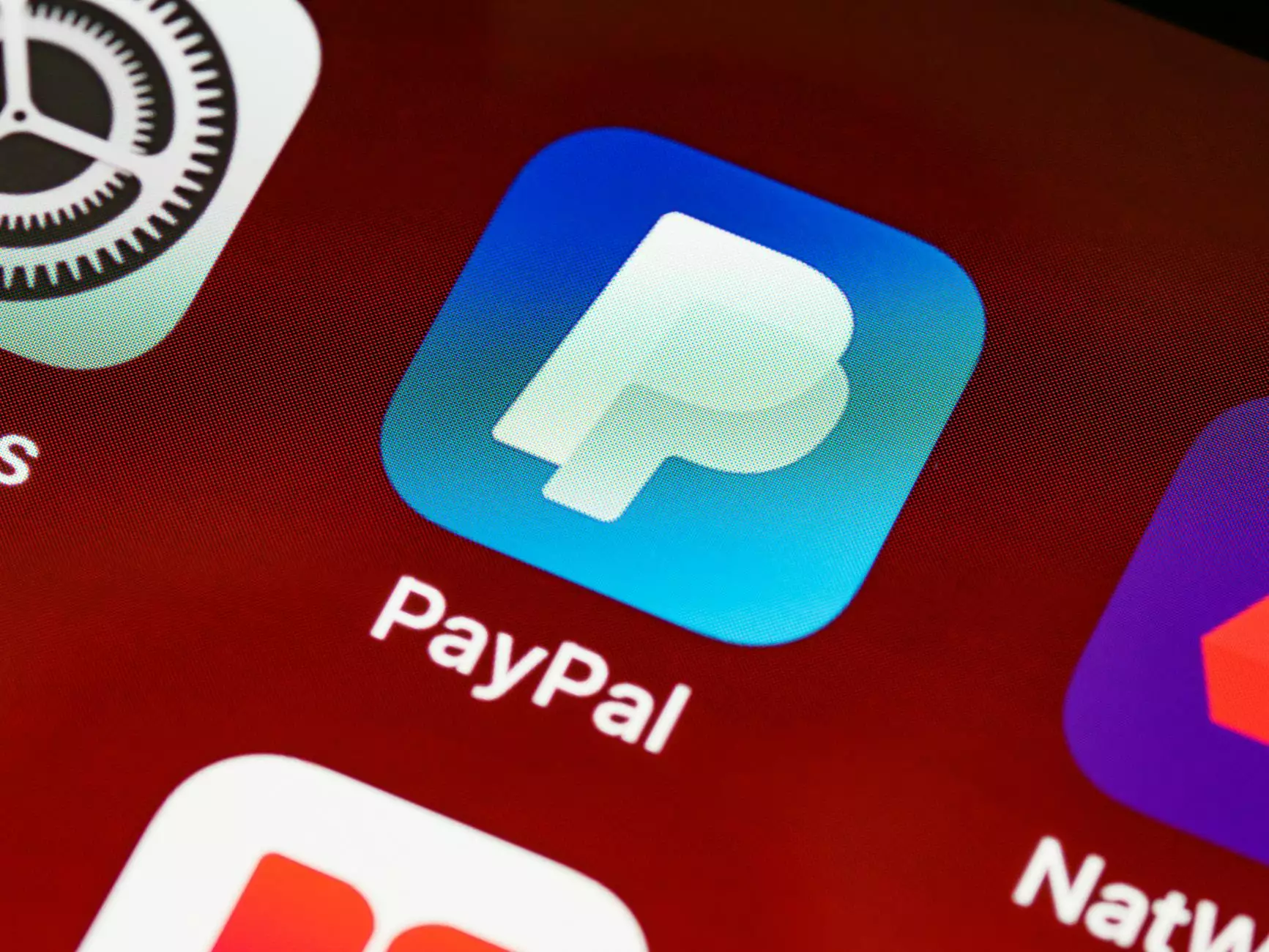How to Set Up PayPal for WordPress
Technology
Introduction
Welcome to SEO Pros Dallas, your trusted partner in the world of digital marketing. In this comprehensive guide, we will walk you through the process of setting up PayPal for your WordPress website. PayPal is a widely recognized and secure payment gateway that allows businesses to accept payments online. By integrating PayPal into your WordPress site, you can provide a seamless and convenient payment experience for your customers. Let's dive in and explore the step-by-step instructions to get you started.
Step 1: Creating a PayPal Account
The first step in setting up PayPal for your WordPress website is to create a PayPal business account. Visit the official PayPal website and click on the "Sign Up" button. Follow the prompts and provide the necessary details to complete the registration process. Ensure that you choose the "Business" account type, as it offers additional features suitable for accepting payments on your website.
Step 2: Integrating PayPal with WordPress
Once you have your PayPal account ready, it's time to integrate it with your WordPress website. There are several plugins available that simplify this process, such as the popular WooCommerce plugin. Install and activate the plugin from your WordPress dashboard. Navigate to the plugin settings and locate the PayPal integration options. Follow the on-screen instructions to connect your PayPal account to your WordPress website.
Step 3: Configuring PayPal Settings
After successfully integrating PayPal with WordPress, it's crucial to configure the settings to align with your business requirements. Access the plugin settings, and you'll find various options to customize your PayPal integration. You can set up your preferred currency, shipping details, tax calculations, and more. Take the time to review each setting and make the necessary adjustments to ensure a smooth payment process for your customers.
Step 4: Designing Payment Buttons
A visually appealing and user-friendly payment button can significantly enhance your conversion rates. Most PayPal plugins offer built-in options to create customized payment buttons. Explore the design settings within the plugin and choose a button style that complements your website's aesthetics. Additionally, consider the placement and visibility of the payment buttons. Strategic placement can encourage users to initiate the checkout process seamlessly.
Step 5: Testing and Ensuring Security
Prior to launching your website's payment functionality, it's crucial to thoroughly test the process to ensure its security and functionality. Create a few test transactions using different payment methods to verify that payments are processed correctly. This step also allows you to confirm that sensitive customer information is transmitted securely. Conducting regular security audits is essential to protect your business and maintain customer trust.
Conclusion
Congratulations on successfully setting up PayPal for your WordPress website! By following these steps, you have seamlessly integrated one of the most trusted and widely used payment gateways into your online business. Remember to regularly update and monitor your PayPal settings to stay aligned with your evolving business requirements. If you have any further questions or require additional assistance, feel free to reach out to our team at SEO Pros Dallas. We are passionate about helping businesses thrive in the digital landscape and are ready to provide expert guidance to enhance your online presence.




